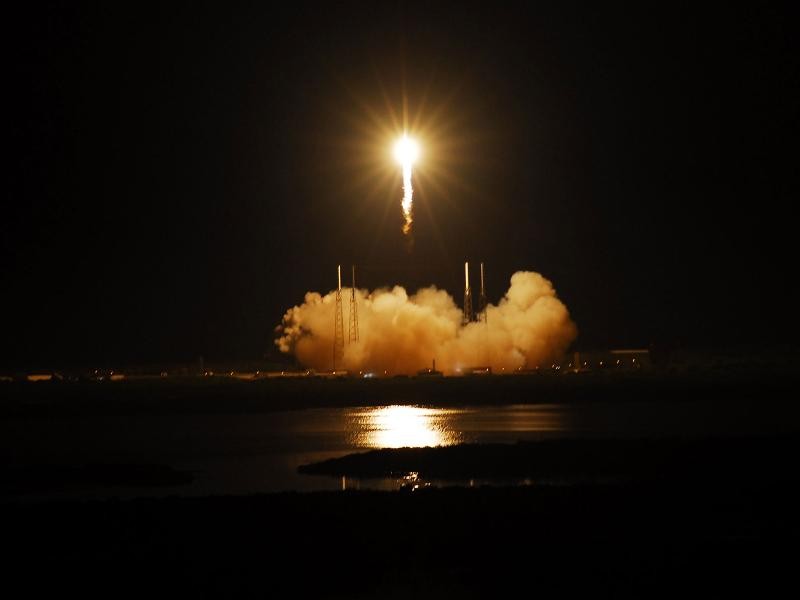Space The final frontier for investors
Post on: 16 Март, 2015 No Comment

RussBritt
U.S. Air Force
LOS ANGELES (MarketWatch) — Now that a privately built capsule has completed its historic hook-up with the International Space Station, investors may want to tread lightly before boldly going where few have gone before.
That’s the advice from both analysts and industry executives, who sound a cautionary tale when it comes to looking toward the heavens for future investment possibilities.
For one, the prospects for investing now are next to nothing. The Dragon capsule that made the rendezvous with the station was designed by Space Exploration Technologies Corp. or SpaceX, a privately held company, and there aren’t many space companies that are actively traded.
SpaceX capsule reaches milestone
Andy Pasztor discusses the series of maneuvers that the SpaceX capsule completed around the International Space Station Thursday, before its historic docking Friday. Photo: Getty Images.
More importantly, for those companies that do go public, the profits from such an operation may never be that promising, given the heavy up-front costs incurred before even getting close to going airborne.
“I think you have to remember that, at the end of the day, it literally is rocket science,” said Michael Ciarmoli, analyst for KeyBanc Capital Markets Inc. “And that shies people away.”
Not to overstate the obvious, but the risks are formidable for any company venturing into space. Launch mishaps, environmental extremes, complex engineering — any one of them could not only trip up a space mission, but they could send an entire company reeling.
“There’s that science-project risk that does get introduced into the business model, and that does immediately turn off some investors,” Ciarmoli said. “Now, that doesn’t mean they can’t be good investments. I think you have to know how to accurately calibrate the risk.”
But space work is a high-wire act, both literally and financially, where the bigger the project, the more likely the delays in getting off the ground, he said.
Reuters

The SpaceX Dragon commercial cargo craft docked with the International Space Station with the earth in the background in this Sautrday image from NASA TV.
Ciarmoli has some experience in following the prospects for rocket companies; he covers one publicly traded space company: Orbital Sciences Corp. ORB, +13.57% , the Dulles, Va.-based company that was first to put a privately built rocket, Pegasus, into space in 1990.
Orbital Sciences is SpaceX’s main competitor for shuttling cargo up to the space station, and it could well end up doing better than SpaceX in financial terms when it comes to working for the National Aeronautics and Space Administration.
Orbital Sciences hopes to get its own “demonstration mission,” a la the current SpaceX flight, into the air later this year and conduct another hook-up with the space station. It plans to conduct eight cargo-shuttling missions to the orbiting outpost between now and 2015 once the test flights are done, said company spokesman Barron Beneski.
One advantage in favor of Orbital Sciences is that it is a relative veteran in commercial space flight. Founded in 1982, the company does work for the Department of Defense and has launched hundreds of satellites for private and public customers. That gives Orbital other business to rely on and more experience in getting up to speed.
NASA selected SpaceX in 2006 to develop its Falcon rocket and Dragon capsules for not only cargo flights but transporting crew members as well. It picked Orbital in 2008 to conduct supplementary cargo missions with its Antares rocket and Cygnus capsules, giving SpaceX a two-year head start, Beneski points out.














